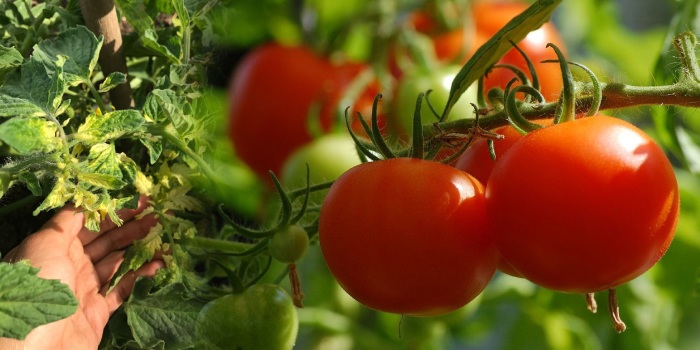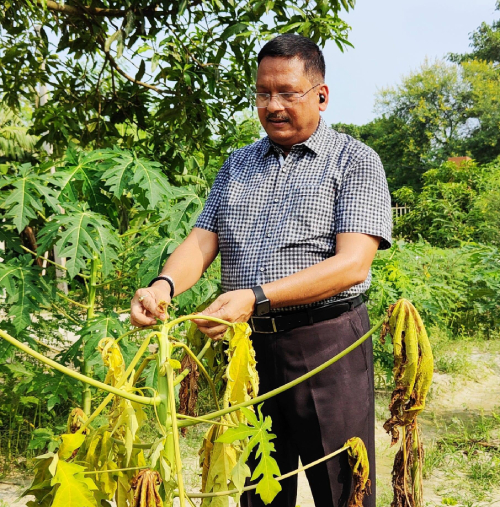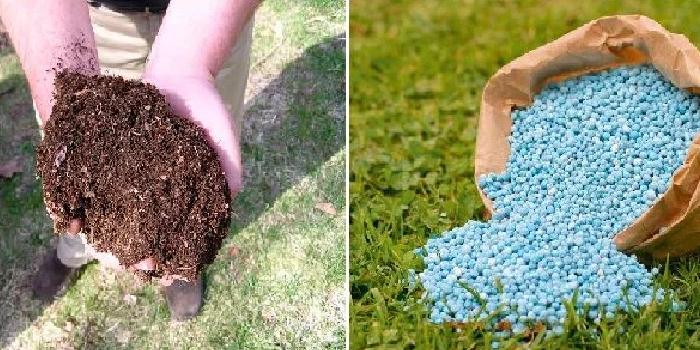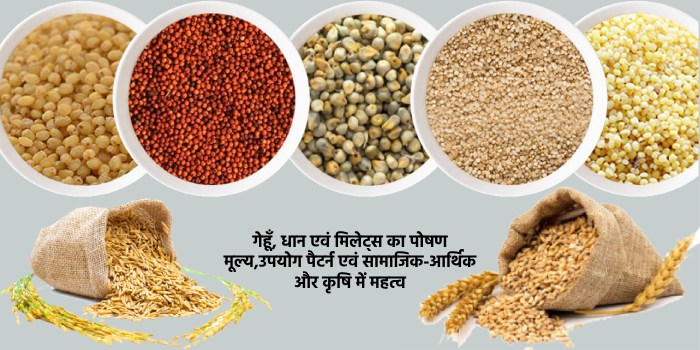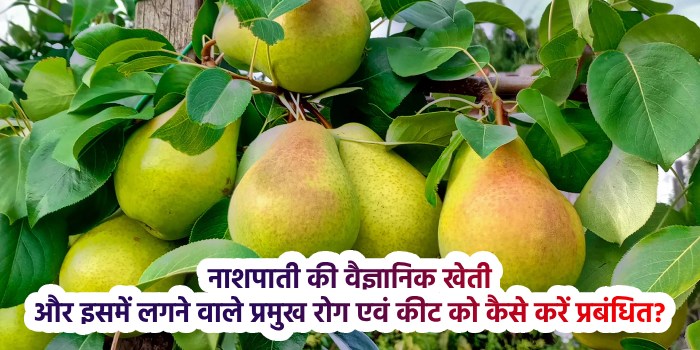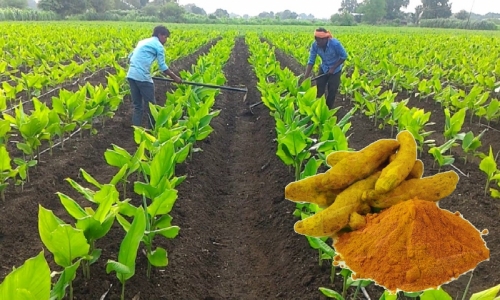
Cultivation of turmeric’s
Divyanshi- tomar, Dr. Lal Vijay2, Dr. Amit Singh2
1. B.Sc. (Ag.), 3rd Year, SIPS, Dehradun
2. Assistant Professor, Jannayak Chandra Shekhar college , Baliya, U.P.
Turmeric is the medicinal plant . That has a long history of medicinal use. In South Asia, turmeric is used not only as principle spices but also a component in religious ceremonies because of the brilliant yellow color. It is also known as Indian saffron.
Origin- the use of turmeric date nearly 4000 years to the vedic culture in India , it was used as a culinary spices.
India , turmeric is commonly called as ' haldi a word derived from the Sanskrit word haridra, and in the south is called ‘manjal’
In Sanskrit turmeric has a least 53 different names including anestha, bahulal, gandhaplashika (which produce good smell),(gauri to make fair)
Turmeric is a product of curcuma longa a rhizomatous herbacious plant belongings to Zingiberaceae which is native to tropical South Asia.
The turmeric plant needs temp° between 20-30°c and considerable amount of rainfall to thrives individuals plant to grow to a height of 1m and have long leaves plant are gathered annually for their rhizomes the rhizomes from which the turmeric is derived is tuberous with a rough and segmented skin they are yellowish brown with a dull orange interior.
India produces nearly all of the world turmeric crop and consume 80% of it.with it inhertent qualities and high content of the important bioactive compound cucurmin India turmeric is the best in the world. South Indian state of tamilnadu is the world largest producer . It is known as yellow city (Maharashtra)
The process of turmeric
The traditional Indian process rhizomes were placed in pans or earthen ward filled with water and then covered with leaves and a layer of cow dung. The ammonia in the cow dung reacted with the turmeric to give the final product
The rhizomes are then boiled for between 40-50 min in India depending upon variety. The rhizomes are removed from the water and dried in sun immediately to prevent overcooking. The final moist contents should be between 8% and 10% (wet basis). When finger is tapping of the rhizomes producers a matalic sound, it sufficiently dry. The dried rhizomes are polished to remove the rough surface.
Composition and importance of turmeric
- Turmeric has been put to use as a food stuff, cosmetics and medicine
- It is widely used as spices in south Asia, middle East cooking
- It is used in a coloring agent in cheese, butter
- Turmeric used to give boiled white rice a golden color
- Turmeric is also used manufactured food product such as canned beverages daily product ice-cream yellow cake , orange juice etc.
- It is significant ingredients is most commercial curry powder.



